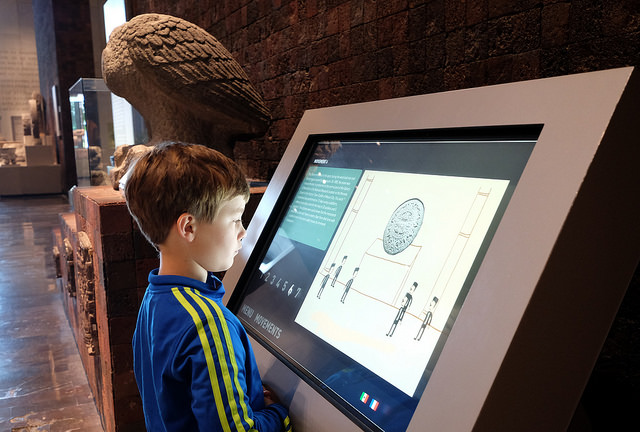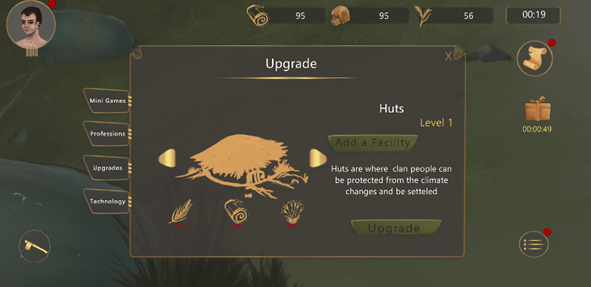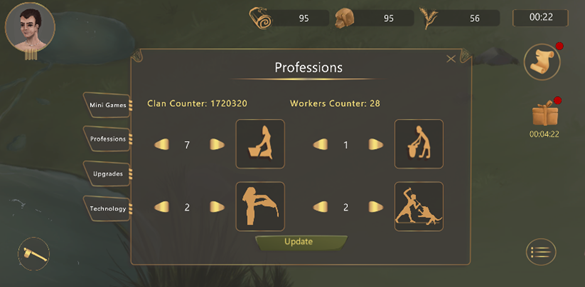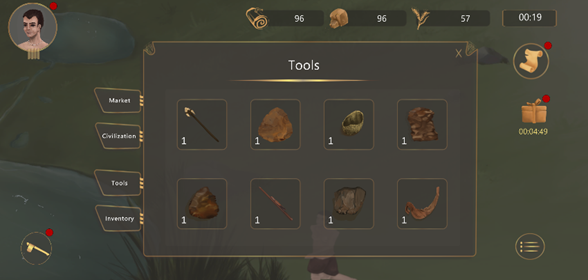
Interactive Smart Application for Museums Education (iSAME)
Information and Communication Technologies (ICTs) play a huge role in developing and updating the functions and innovative activities for a promising economic performance of museums and cultural institutions, allowing museums to achieve remarkable success and reach their main goals of attracting people and spreading historical knowledge. As a result of the increasing numbers of technologies and smart devices that provide new perspectives for interactive multimedia applications generally, and especially in the field of heritage conservation, this proposal presents a new type of ICT adoption in museum technologies according to their objectives and characteristics. This will develop a good visitor’s impression of the ICTs role in promoting creativity and development in several innovative ways. Moreover, this proposal aims at establishing a Human-Computer Interactive (HCI) storytelling-supportive museum display, and an educational interactive gaming application. This proposal targets building supportive tools for the smart and interactive museum exhibition display through the use of advanced ICT technology, in marketing and also in creating educational applications that allow museums to succeed in their mission and reach their cultural and educational goals. In addition, the storytelling display ensures the museums continuity and development according to the changes of the current time and technology, in a referenced historical content.
Objective/Contributions:
- Egyptian museums can use game design to enhance their collections. Egyptian museums can achieve and gain more visitors engagements by having spectacle displays of their works of art, or historical artifacts.
- Integrating interactive, game-based tools into the Egyptian museums creates more passive observation of collections, thus more engagement than more effective learning.
- Using multiple platforms like augmented reality, smart device games or digital displays in Egyptian national museums immerses people more deeply in exhibitions and pushes the limits of what it means to take a trip to the museum.
- Employing interesting games will increase visitors’ motivation, offering a reason to people that makes them want to leave their homes and come to the museum asking not only to learn but also for entertainment and leisure, rather than heading to other places like cinemas or parks.
- Give audiences a more in-depth museum experience, not only to appreciate their civilization and identity but actually to connect with the objects themselves, “which does not exist in the present time”.
- Digitizing exhibitions to the multimedia environment will create an exhibit that attracts everyone in the most compelling way to achieve the balance between all kinds of people who prefer to read, observe, or tell a story in a movie.
- Creating powerful smart interactive games based on references will gradually give people a fun and engaging way of connecting with our Egyptian identity, and history, and enhance their belonging, “which is easy to be noticed in the present time, especially in younger ages”.
- Using serious games (SGs) in Egyptian museums will compete with international museums, not only in the matter of structure or the value of the collection’s artifacts but also in achieving the museum goals and income.




